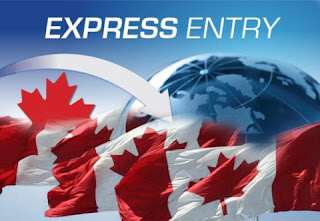The United States offers various types of visas depending on the purpose of your visit. Here are some of the most common types of US visas:
1. **B-1/B-2 Tourist Visa:** This visa is for temporary visits to the US for tourism, business meetings, medical treatment, and other short-term purposes.
2. **F-1 Student Visa:** This visa is for individuals who wish to study in the United States at an accredited academic institution.
3. **J-1 Exchange Visitor Visa:** This visa is for individuals participating in approved exchange programs, including cultural exchanges, education, and training programs.
4. **H-1B Work Visa:** This visa is for skilled foreign workers with job offers from US employers in specialty occupations.
5. **L-1 Intracompany Transfer Visa:** This visa is for employees of multinational companies who are being transferred to a US office.
6. **E-2 Treaty Investor Visa:** This visa is for individuals from countries that have a treaty of commerce and navigation with the US, who plan to invest a substantial amount of capital in a US business.
7. **O-1 Extraordinary Ability Visa:** This visa is for individuals with extraordinary abilities or achievements in fields such as science, arts, education, business, athletics, or the motion picture industry.
8. **K-1 Fiancé(e) Visa:** This visa is for the fiancé(e) of a US citizen, allowing them to enter the US to marry the petitioner within 90 days.
9. **U-Visa:** This visa is for victims of certain crimes who have suffered substantial mental or physical abuse and are willing to assist law enforcement or government officials in the investigation or prosecution of the criminal activity.
10. **A-1 and A-2 Diplomatic and Official Visas:** These visas are for diplomats, foreign government officials, and employees of international organizations.
11. **R-1 Religious Worker Visa:** This visa is for individuals who will work in a religious capacity for a non-profit religious organization in the US.
These are just a few examples of the types of visas available for entry into the United States. Each visa type has specific eligibility criteria, application procedures, and documentation requirements. It's important to thoroughly research the specific visa type that matches your situation and consult the official website of the U.S. Department of State or the nearest U.S. embassy or consulate for the most up-to-date and accurate information on visa types and application processes.
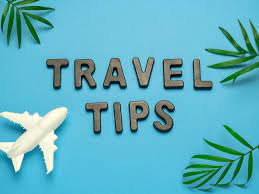
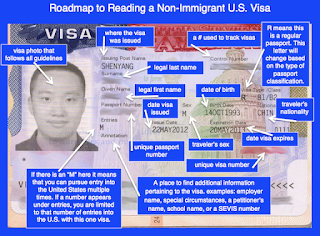

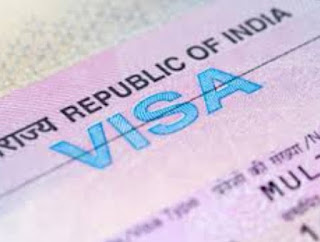


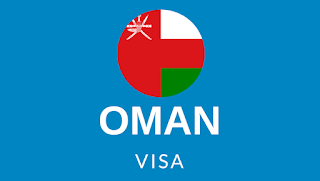




.jpg)

